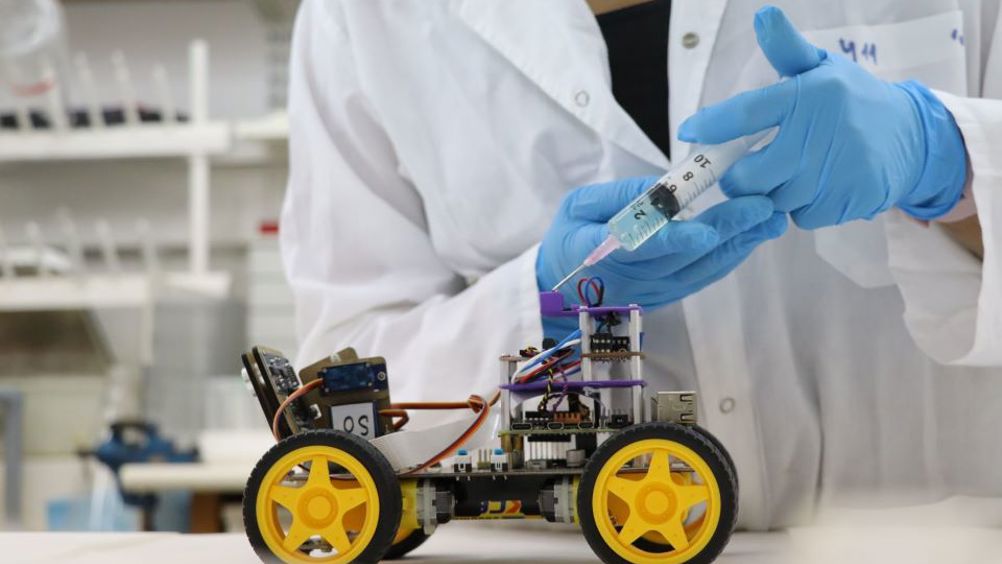In this new study from Tel Aviv University, the researchers connected the biological sensor (the antennae of a desert locust) to an electronic system and, using a machine learning algorithm, were able to identify odours with a level of sensitivity 10,000 times higher than that of a commonly used electronic device. The researchers believe this technology could eventually be used to identify explosives, drugs, and diseases.
The research was led by doctoral student Neta Shvil of Tel Aviv University’s Sagol School of Neuroscience, Dr Ben Maoz of the Fleischman Faculty of Engineering and the Sagol School of Neuroscience, and Professor Yossi Yovel and Professor Amir Ayali of the School of Zoology and the Sagol School of Neuroscience. The results of the study have been published in Biosensor and Bioelectronics.
Dr. Maoz and Prof. Ayali explained that man-made technologies still can’t compete with millions of years of evolution.
“One area in which we particularly lag behind the animal world is that of smell perception,” they said in a statement. “An example of this can be found at the airport where we go through a magnetometer that costs millions of dollars and can detect if we are carrying any metal devices. But when they want to check if a passenger is smuggling drugs, they bring in a dog to sniff him. In the animal world, insects excel at receiving and processing sensory signals. A mosquito, for example, can detect a 0.01 per cent difference in the level of carbon dioxide in the air. Today, we are far from producing sensors whose capabilities come close to those of insects.”
MORE FROM ROBOTICS
The researchers said that sensory organs use receptors that identify and distinguish between different signals. The sensory organ translates these findings into electrical signals, which the brain decodes as information. The challenge of biosensors is in the connection of a sensory organ, like the nose, to an electronic system that knows how to decode the electrical signals received from the receptors.
Prof. Yovel said: “We connected the biological sensor and let it smell different odours while we measured the electrical activity that each odour induced. The system allowed us to detect each odour at the level of the insect’s primary sensory organ. Then, in the second step, we used machine learning to create a ‘library’ of smells.
“In the study, we were able to characterise eight odours, such as geranium, lemon and marzipan, in a way that allowed us to know when the smell of lemon or marzipan was presented. In fact, after the experiment was over, we continued to identify additional different and unusual smells, such as various types of Scotch whiskey. A comparison with standard measuring devices showed that the sensitivity of the insect’s nose in our system is about 10,000 times higher than the devices that are in use today.”
“Nature is much more advanced than we are, so we should use it,” said Dr. Maoz. “The principle we have demonstrated can be used and applied to other senses, such as sight and touch. For example, some animals have amazing abilities to detect explosives or drugs; the creation of a robot with a biological nose could help us preserve human life and identify criminals in a way that is not possible today. Some animals know how to detect diseases. Others can sense earthquakes. The sky is the limit.”
In future work, the researchers plan to give the robot a navigation ability to allow it to localise the source of an odour source and its identity.





Hard hat mounted air curtain adds layer of protection
Something similar was used by miners decades ago!